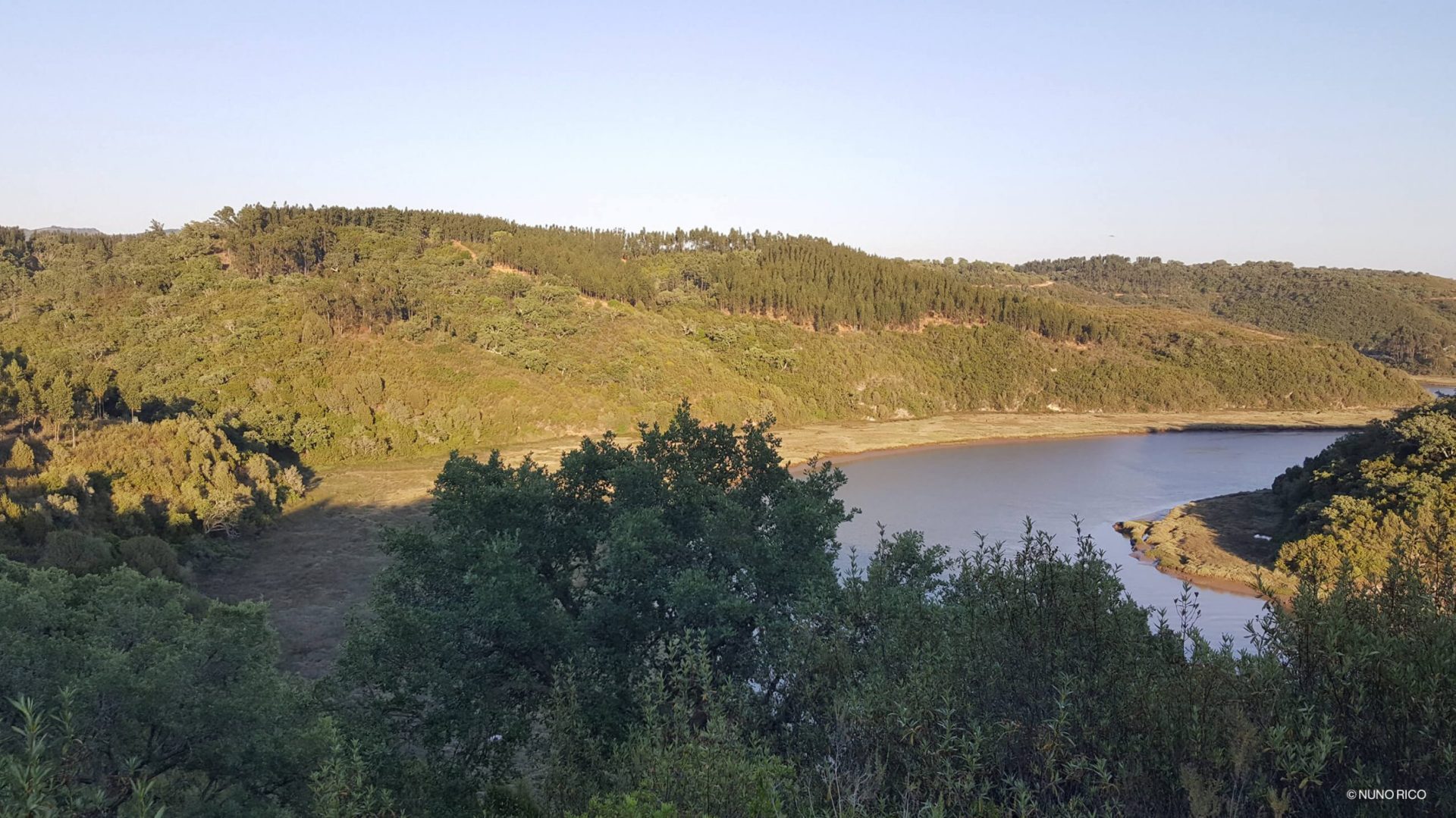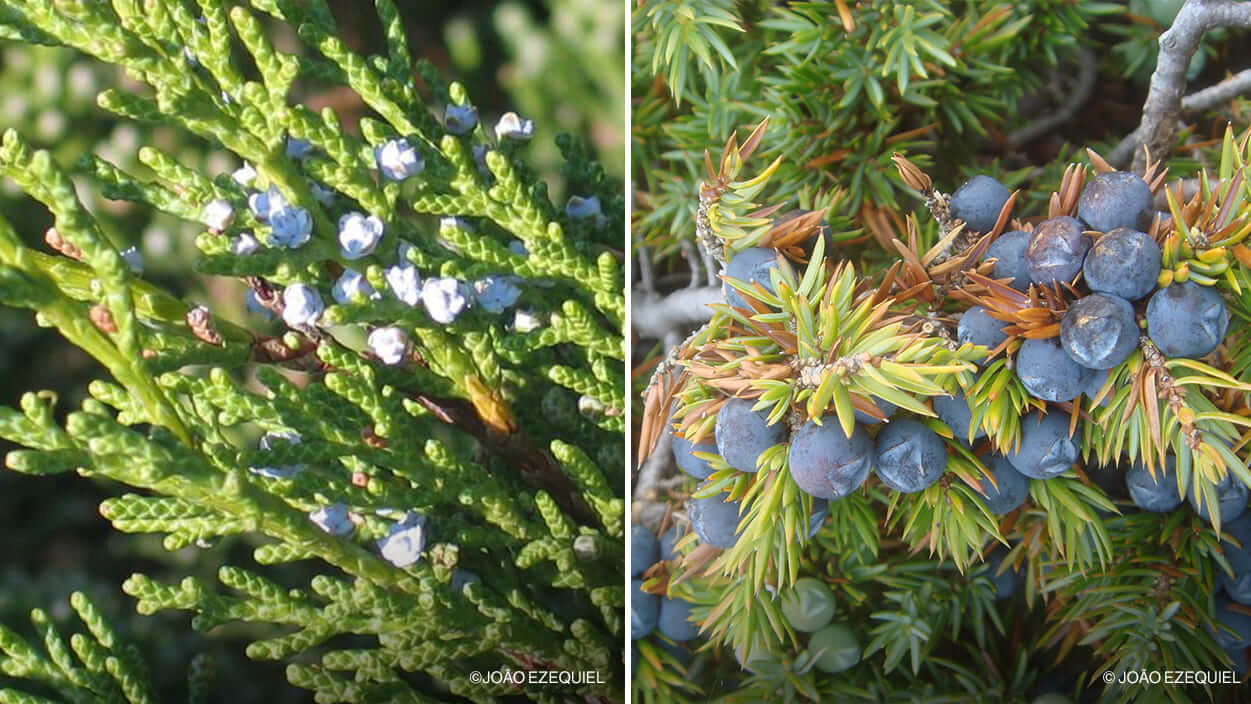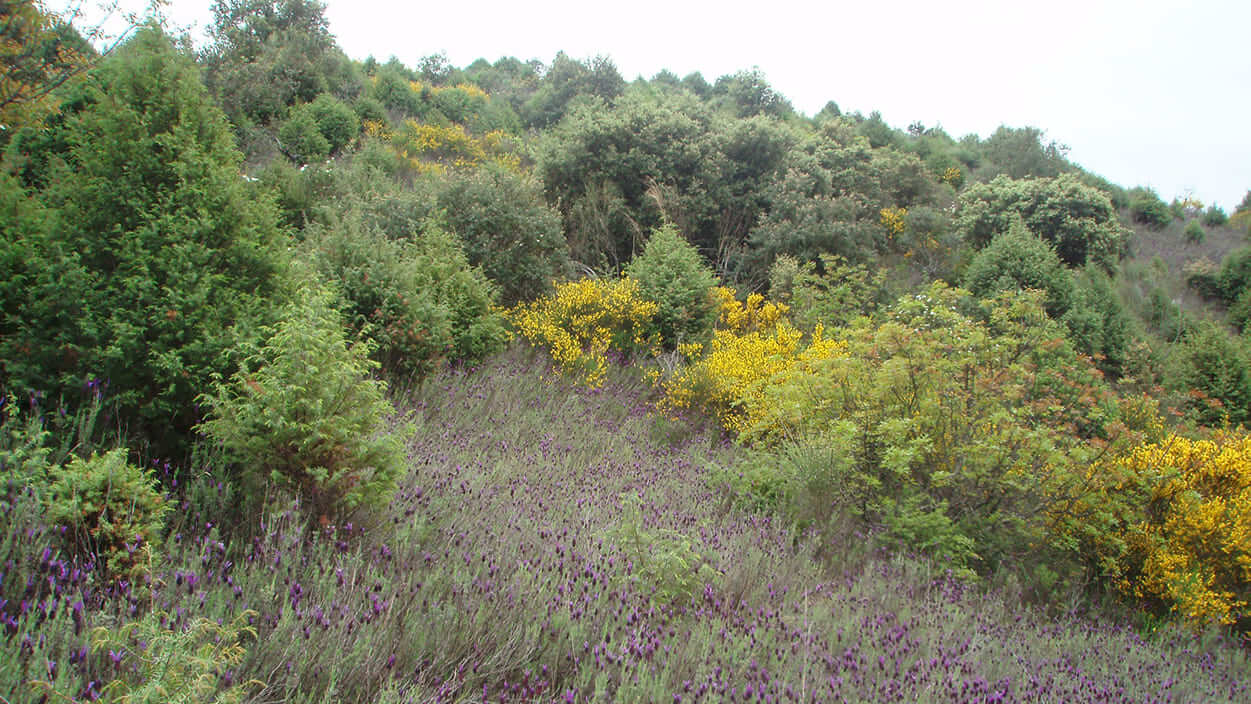When we speak of juniper forests in mainland Portugal, we are referring to the groves and scrubland where various trees and bushes of the Juniperus genus can be seen. These species are able to grow on rocky cliffs and in sandy and stony soils, where many others are unable to survive.
Cade (Juniperus oxycedrus), Juniperus turbinata subsp. turbinata, Juniperus navicularis, and the common juniper (J. communis) — the latter comprising two subspecies, alpina and hemisphaerica — are the juniper species that grow naturally in mainland Portugal. These are species that date back to ancient formations, which have become rarer due to human activity, but remain central to a range of natural habitats of conservation interest (listed in Annex 1 of the Habitats Directive).
This is the case with “the scrubland thickets of Juniperus spp.” (Habitat 5210), which can be found in rocky areas—gorges dug by rivers and coastal cliffs—where cade junipers and Juniperus turbinata prevail or are prominent. For example, significant cade juniper communities can be found on the ridges and slopes that enclose the Douro and Tagus rivers in the regions by the Spanish border. Meanwhile, Juniperus turbinata is found mainly on the coast, between Sintra and Santa Cruz, in the Serra da Arrábida, Cabo Espichel, Southwest Alentejo and the Vicentina Coast, Serra de Monchique, and along the southern coast of the Algarve (Barrocal).
The juniper forests covered by the Habitats Directive also include the “Endemic forests of Juniperus spp.” (Habitat 9560), where the cade juniper and the Juniperus turbinata typically grow alongside cork oaks (Quercus suber) and holm oaks (Quercus rotundifolia). The mixed groves that persist in these formations are usually not very accessible and are located in narrow valleys and on steep slopes. The areas of Portugal where this type of habitat can be found are similar to those mentioned above.
The Juniperus turbinata and the Juniperus navicularis are also significant and dominant species in the “Coastal dunes with Juniperus spp.” (Habitat 2250). These juniper groves near the sea can be found in various areas of coastal scrubland and dunes on the Portuguese Atlantic coast, including the area south of Figueira da Foz, in Peniche, Sintra, Troia, and along the Vicentina Coast for example. In the Sado River basin, Juniperus navicularis formations can be found. This species is endemic to the Iberian Peninsula and does not occur anywhere else in the world. Besides the intrinsic value of these species, the need for conservation of this type of juniper grove is reinforced by its importance in the formation of dune habitats and the role they play in feeding and shelter for the many animals that inhabit them.





